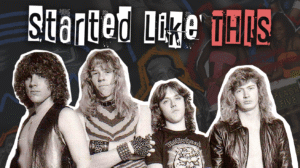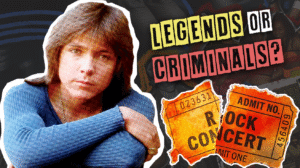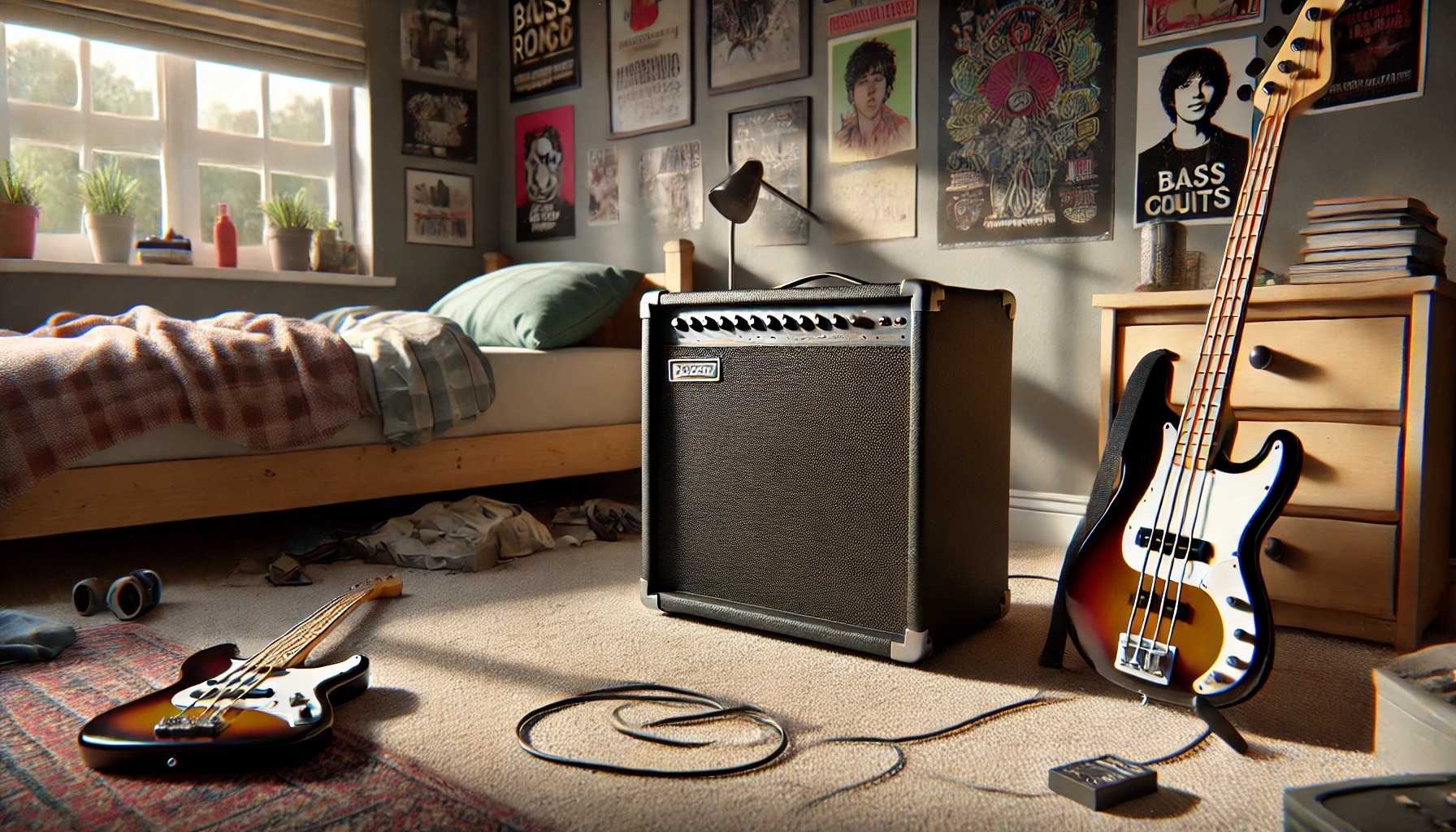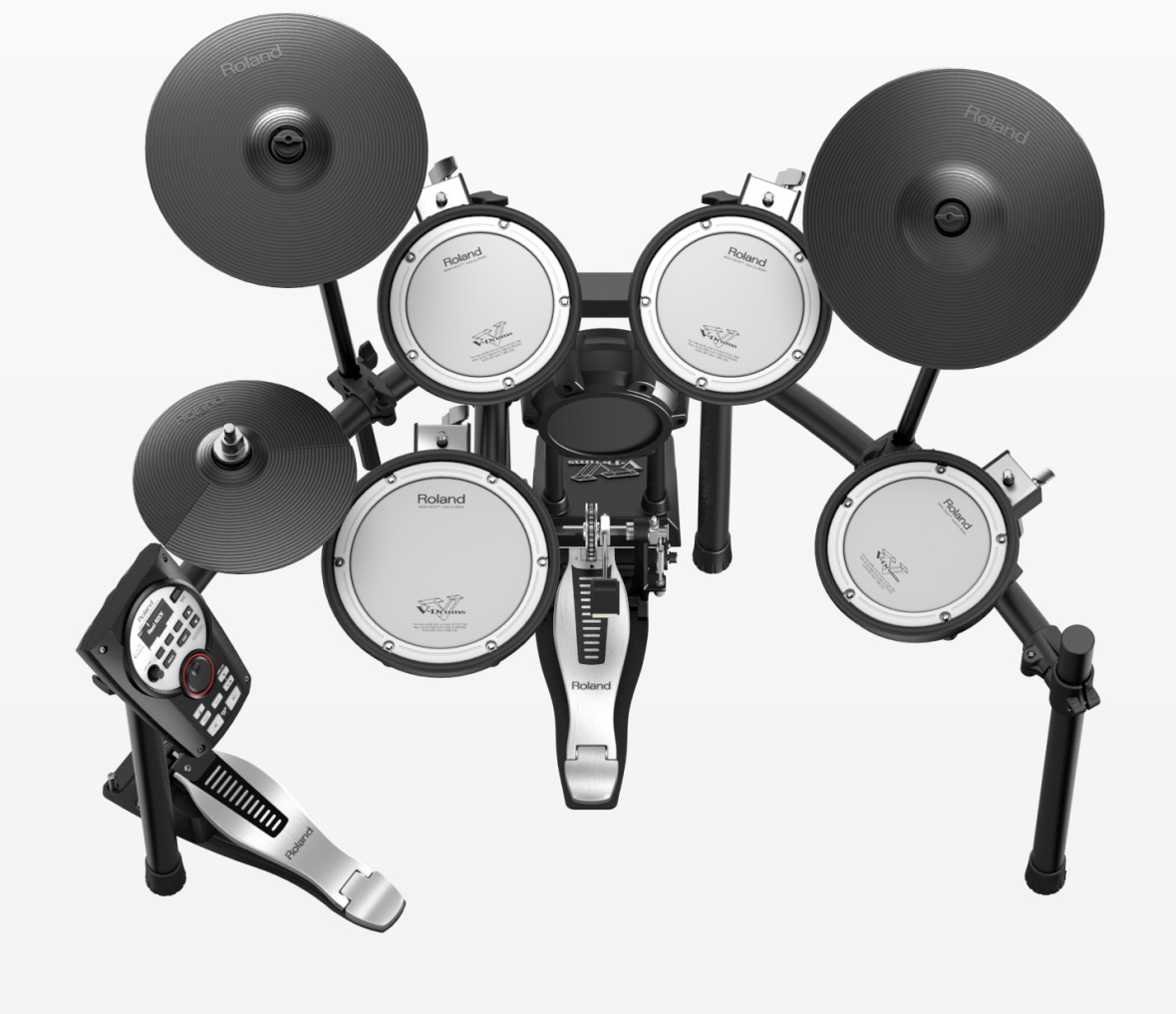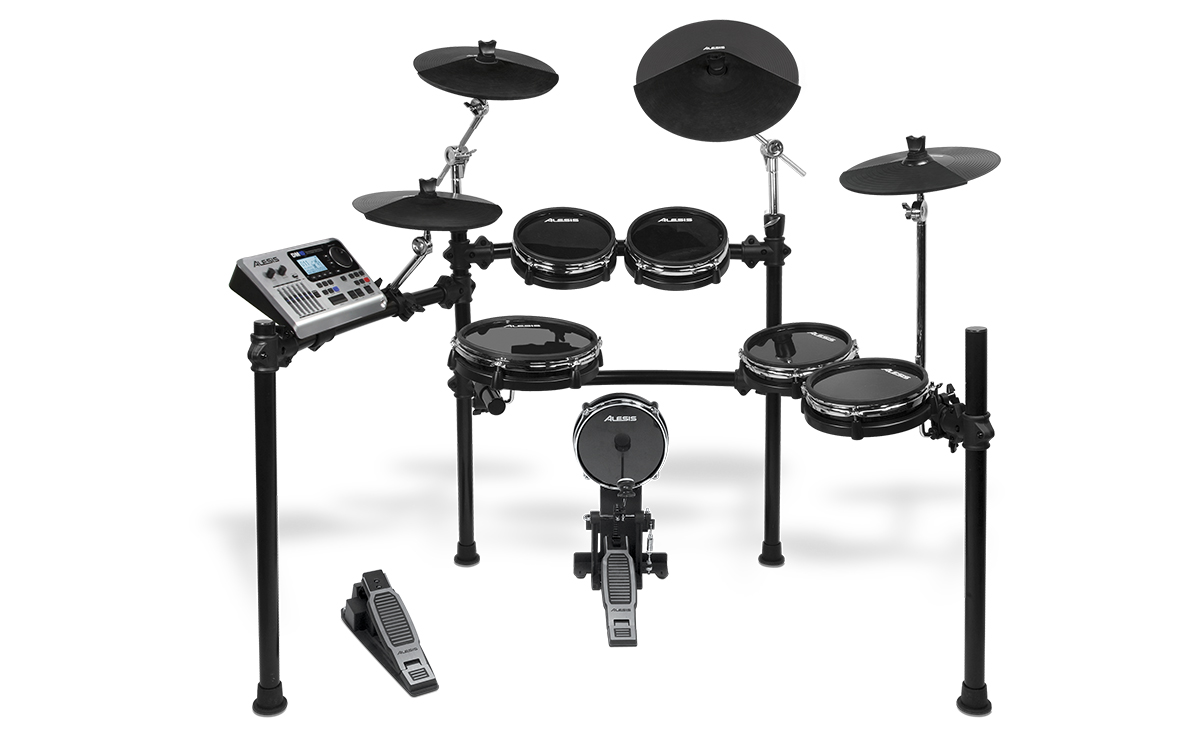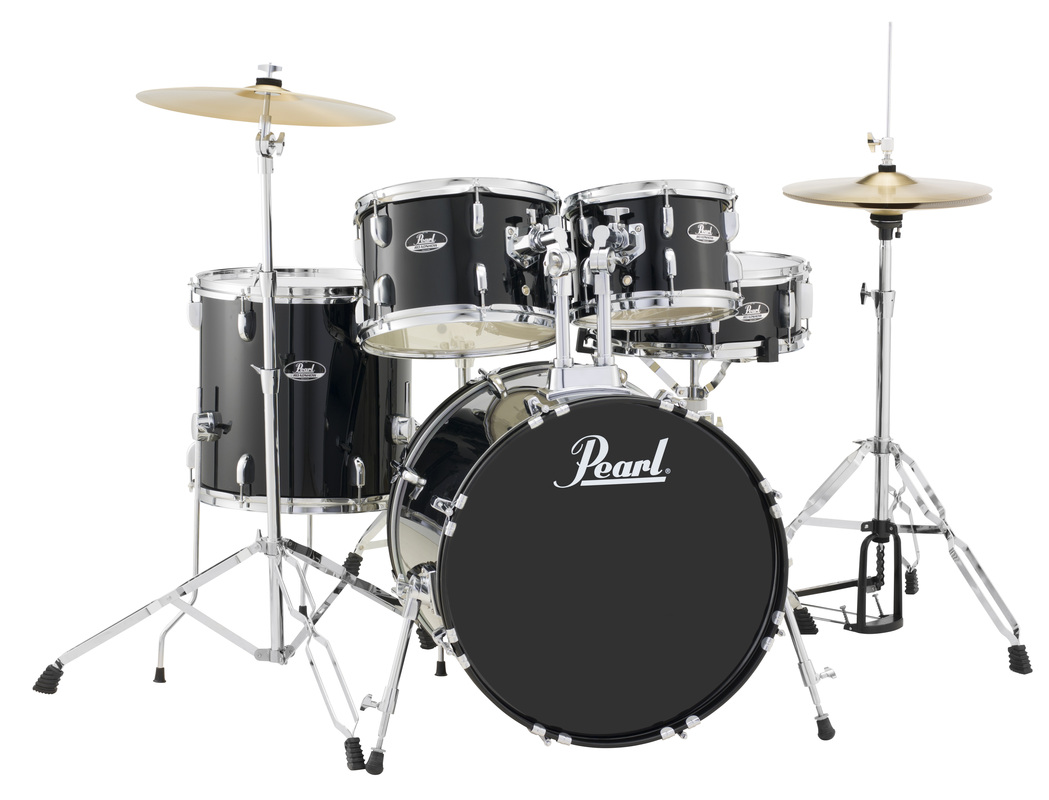
Remember when kids roamed free until the streetlights came on? In the 1970s, grade-schoolers wandered miles from home without cell phones or tracking apps. Parents trusted neighborhood networks to keep watch. Children bought cigarettes for dad, played on train tracks, and rode without seatbelts. Those endless summer days held a freedom modern parents can hardly imagine.
Let’s explore 15 shocking everyday activities from that era that would spark outrage today
15. Lawn Darts
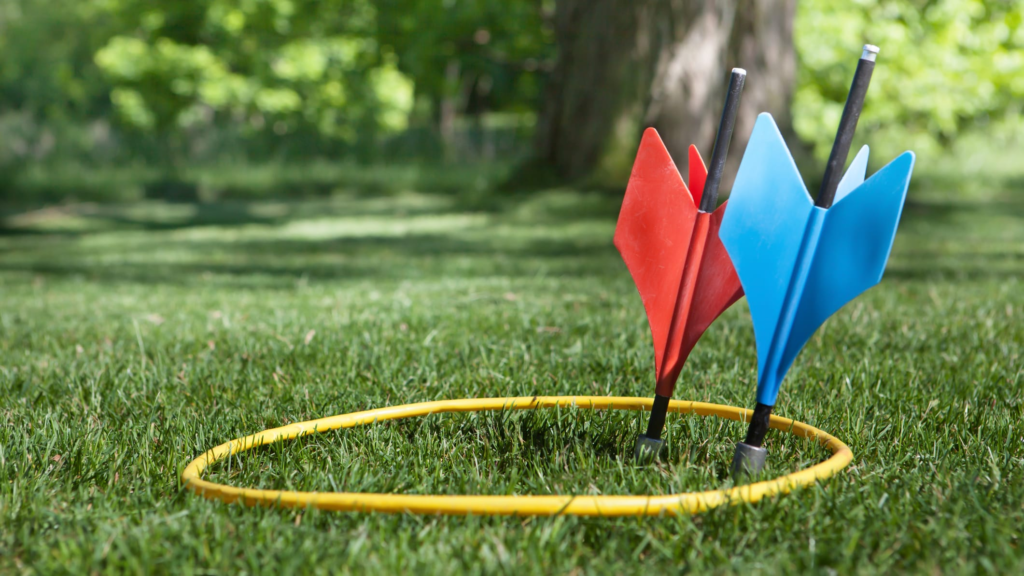
If you thought throwing weighted spears in your backyard was fun, you weren’t alone. The iconic Jarts dominated summer gatherings until 1988, with 6,100 emergency room visits recorded between 1978-1986. These foot-long projectiles with metal tips could pierce skulls at 23 feet per second. The death of a seven-year-old in 1987 finally ended America’s dangerous love affair with aerial backyard weapons.
14. Asbestos in Construction

The “miracle mineral” of the 1970s lined everything from your office ceiling to your kids’ school walls. 72% of commercial buildings constructed before 1977 contained asbestos materials. Manufacturers used 3.5 million tons annually despite emerging health concerns. The 1979 revelation that a major asbestos company had hidden decades of health studies sparked the first major removal regulations.
13. Lead-Based Paint

That sweet taste kids reported from chewing windowsills? Pure poison. Over 80% of homes built before 1978 contained lead paint, with 37 million housing units affected. Paint companies marketed their leaded products as “premium grade” until 1978, when studies revealed 88% of children in older homes had elevated blood lead levels. A Baltimore toddler’s documented decline finally prompted the federal ban.
12. Cyclamates (Artificial Sweeteners)

The original diet drink revolution came with a catch you couldn’t taste. These sweeteners appeared in over 55% of American households through diet sodas and sugar-free foods. Consumers ingested 17 million pounds annually until 1969. Laboratory rats developed bladder tumors after consuming what would be the human equivalent of 350 cans of diet soda daily, leading to an immediate market withdrawal.
11. Mercury Thermometers

That silvery ball of fun rolling across your kitchen floor? Highly toxic. Schools and homes kept over 50 million mercury thermometers in daily use. A single broken thermometer released 500mg of mercury – enough to contaminate 5 million gallons of water. The 1976 Karen Wetterhahn incident, where a single drop of dimethylmercury proved fatal, began shifting public perception of mercury’s dangers.
10. Trans Fats: The Magic Ingredient
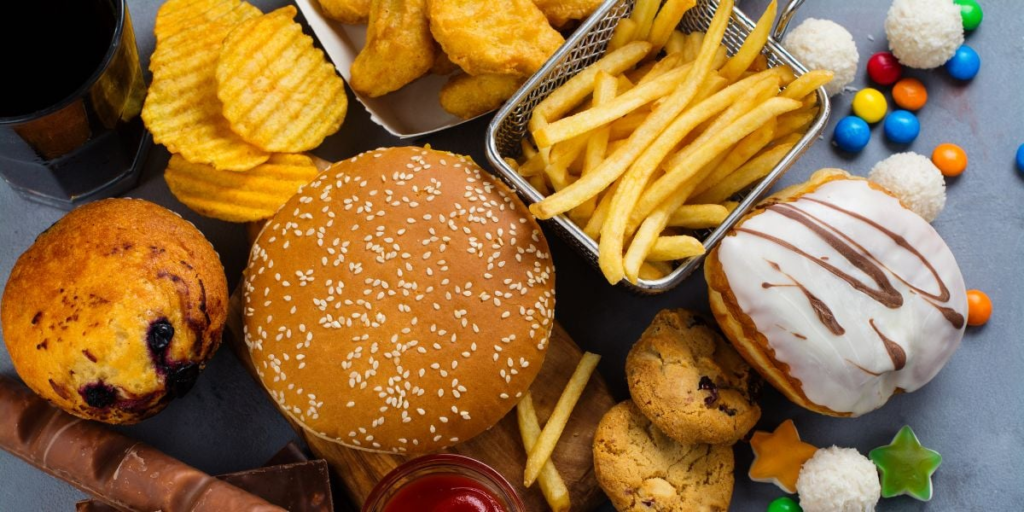
If you ate french fries in the 1970s, you were probably consuming enough trans fat to make a cardiologist faint. Major brands like Crisco dominated home cooking, while fast-food chains built empires on these synthetic fats. A typical serving contained 4-6 grams of trans fat – that’s like eating a stick of margarine with your burger! Medical studies in 1975 documented the first cases of trans-fat-related arterial damage, yet consumption continued to rise.
9. Questionable TV Shows
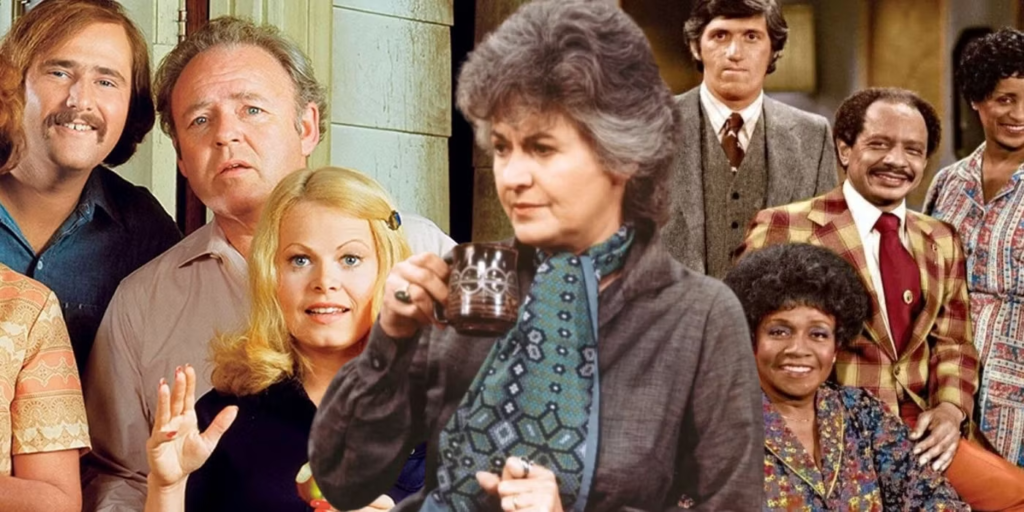
Let’s just say you could smoke on kids’ shows and nobody batted an eye. “All in the Family” reached peak audiences of 40 million viewers while featuring previously taboo themes. Variety shows showcased dated stereotypes, while children’s programming contained minimal oversight. The watershed moment came when the 1979 Action for Children’s Television lawsuit forced the first major content guidelines.
8. Playing on Train Tracks
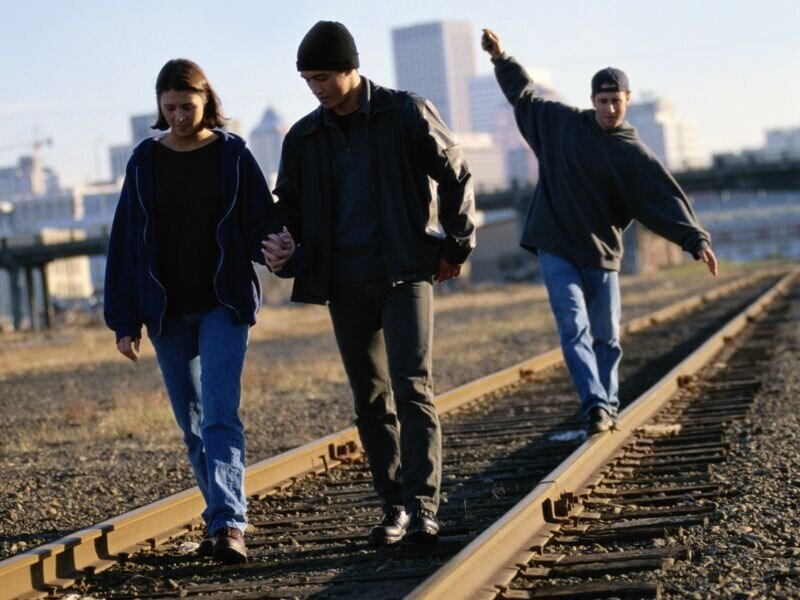
Railway accidents involving children remained disturbingly common. Despite 800 annual incidents, track exploration persisted as a popular pastime. You might remember placing pennies on rails (and waiting hours to retrieve your flattened treasure). A single Nebraska town lost four children in one summer, finally sparking the “Rails Are for Trains” campaign.
7. Toy Guns: A Dangerous Game

If you grew up in the ’70s, chances are you owned a toy gun that would cause a SWAT response today. Police documented hundreds of incidents involving toy guns annually. Major retailers sold over 20 million replica weapons yearly to kids aged 5-12. The December 1978 Cleveland incident, where a child with a toy gun was seriously injured by police, finally pushed manufacturers toward design changes.
6. Seat Belts: A Suggestion, Not a Rule
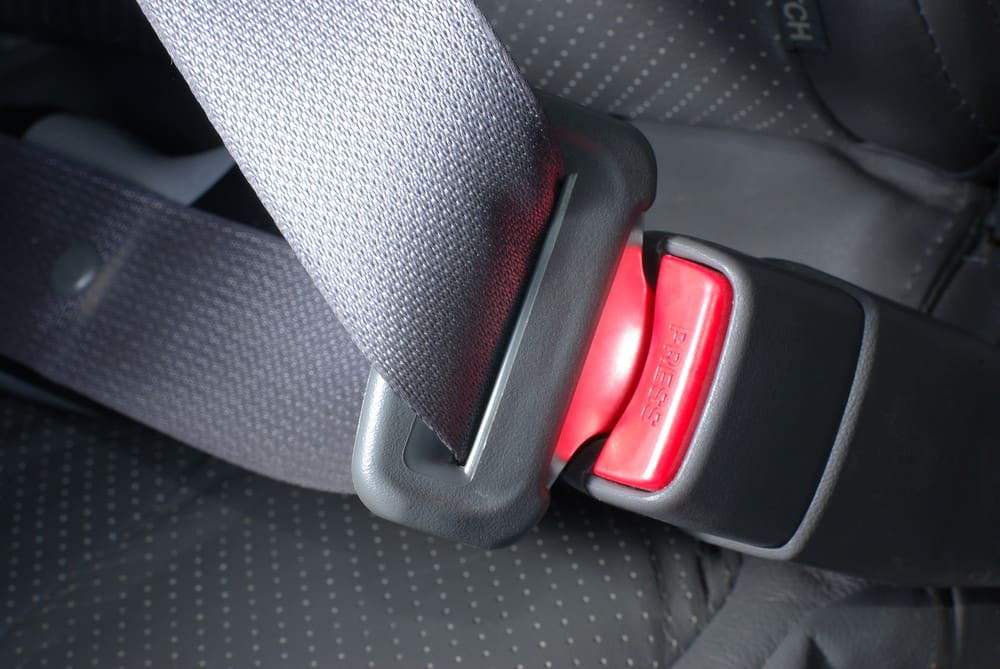
Ever tried explaining to your kids that you used to ride in the back window of your parents’ station wagon? With only 14% of Americans using seat belts, the family car was more like a rolling playground. While vehicles included basic restraints, 25 states lacked any usage requirements. The death of a prominent senator’s grandchildren in an unrestrained accident became the catalyst for the first mandatory seat belt law.
5. Corporal Punishment in Schools

Remember when “I’ll tell your teacher” was actually a threat that made you behave? Physical discipline remained standard in 45 states, with educators legally administering structured punishment. School districts recorded 1.5 million paddlings in 1974 alone. One Mississippi district’s excessive force lawsuit in 1977 exposed systematic abuse, leading to the first state ban.
4. Casual Bum Pinches

If you worked in an office, your personal space was about as protected as a cookie jar at a kids’ party. Studies showed 42% of working women reported inappropriate physical contact, with limited legal protection until 1977. By 1979, only 12% of major companies had established conduct policies. A Detroit secretary’s detailed diary of daily harassment became key evidence in landmark workplace protection legislation. Interested in what fashion used to look in the 1970s? You’re welcome to take a look at 23 fancy things that from the 1970s that were lost to time.
3. Unsupervised Kids

Your mom’s parenting GPS? “Be home when the street lights come on!” Studies showed 75% of grade-schoolers regularly played without adult supervision, roaming 1-2 miles from home for 8-10 hours during summer days. Community oversight relied on informal neighbor networks. The 1979 Etan Patz disappearance in New York permanently altered America’s approach to childhood freedom.
2. Buying Cigarettes for Parents

“Pack of Marlboros for my dad, please!” If this was your childhood errand, you weren’t alone. 52% of retailers readily sold to minors on parental errands, with singles going for 10-20 cents. A Chicago fifth-grader’s school presentation about buying his father’s cigarettes daily sparked the first successful municipal ban on youth tobacco errands.
1. Heavy Drinking Culture

Three-martini lunch? More like a three-martini work day! Business culture embraced alcohol with a enthusiasm that would make Don Draper proud. Studies showed 35% of offices maintaining open liquor supplies. The 1977 crash of a Fortune 500 CEO after a “liquid lunch” finally broke corporate America’s romance with workplace drinking.




